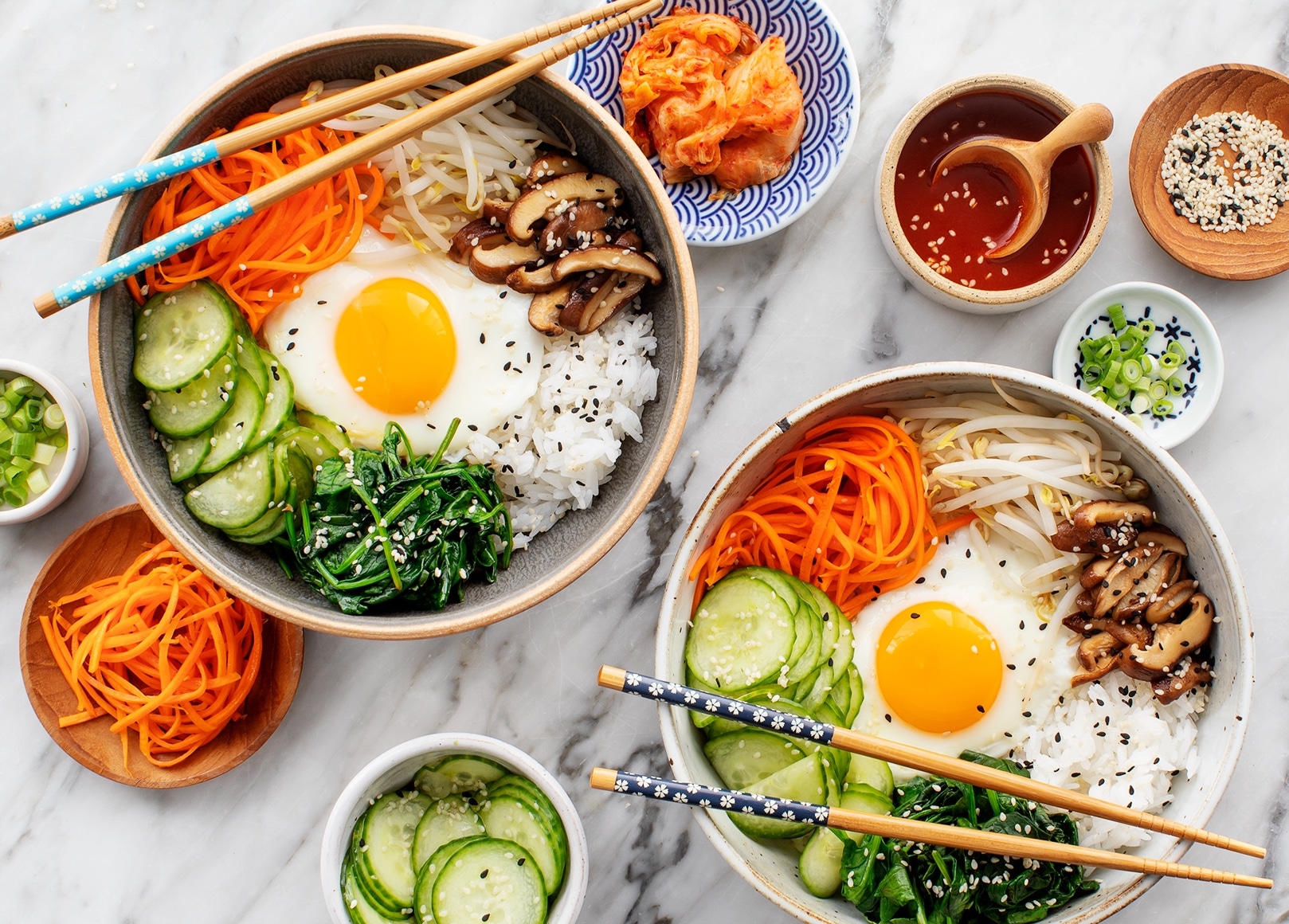Bibimbap

This bibimbap recipe is bowl food at its best!
Topped with gochujang sauce and seasoned veggies, it's fresh, healthy, and packed with bold flavor.
This bibimbap recipe will make anyone fall in love with bowl food.

This bibimbap recipe is bowl food at its best!
Topped with gochujang sauce and seasoned veggies, it's fresh, healthy, and packed with bold flavor.
This bibimbap recipe will make anyone fall in love with bowl food.
Ingredients
Instructions



Recipe by Jeanie and Jack || loveandlemons.com/bibimbap-recipe/
Copyright © 2020 Love and Lemons, LLC. All rights reserved.